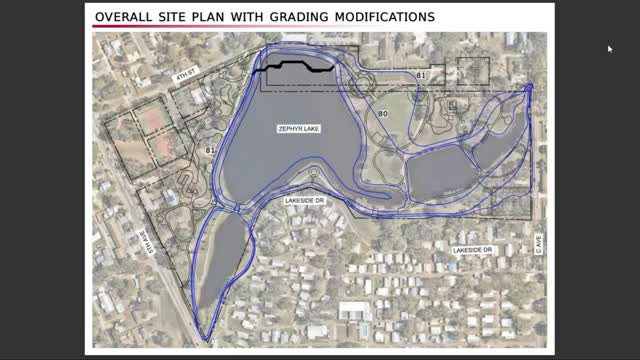Water Management Plan Addresses Seasonal Highs and Floodable Landscape Challenges
July 19, 2025 | Zephyrhills City, Pasco County, Florida
Thanks to Republi.us and Family Scribe , all articles about Florida are free for you to enjoy throughout 2025!

This article was created by AI using a video recording of the meeting. It summarizes the key points discussed, but for full details and context, please refer to the video of the full meeting. Link to Full Meeting
One key point raised was the concept of the seasonal high water table, which is a critical factor in determining how deep the park's pond can be excavated. Officials explained that digging below this seasonal high would not yield any additional water volume, as the water remains at a consistent level. This understanding is crucial for preventing flooding in surrounding residential areas.
The discussion also touched on the need to widen certain areas of the pond to accommodate water flow and prevent overflow into nearby homes. City planners emphasized that maintaining proper water levels is essential to avoid flooding, particularly in neighborhoods to the north, east, and west of the park.
The proposed design for Zephyr Park includes a "floodable landscape," which aims to manage water effectively while providing recreational space for residents. Officials noted that the water levels in the park would typically remain between elevations 76 and 77, allowing for a balance between water management and park usability.
As the city moves forward with these plans, the focus remains on ensuring that the park serves both as a community resource and a safeguard against flooding, addressing the needs and concerns of local residents. The next steps will involve further assessments and community engagement to refine the park's design and functionality.
Converted from Zephyr Park Presentation (7-17-2025) meeting on July 19, 2025
Link to Full Meeting
Comments
View full meeting
This article is based on a recent meeting—watch the full video and explore the complete transcript for deeper insights into the discussion.
View full meeting